
With popular YouTube shows like Game Chasers, Game Sack and countless others boasting large collections of rare and expensive games, the amount of people entering the game collecting world continues to grow. Many wonder what the future of the hobby will be in the coming decades. Will graded games catch on?
Game collecting is a very new hobby. It’s only started to take off in the last ten years, and the games being collected are only a few decades old at most. Very few games cross into four figures in value.
To get a glimpse of what the future will hold, it may help to look at much older collectibles – coins. Coin collecting has been a popular hobby for hundreds of years across the world, getting its start in America around the Civil War era. At that time, the classic large cent coin was replaced with the first small cent. Many Americans felt nostalgic for the good old days, and starting hording old coins. Today, coin auctions bring large crowds and larger numbers. Some rare coin varieties are worth millions of dollars.
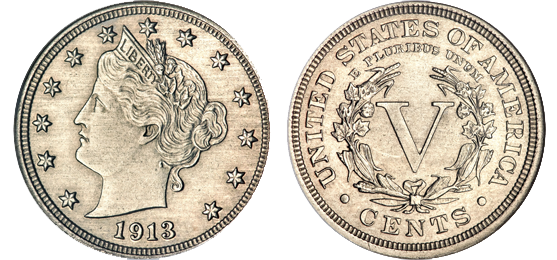
Decades of study has been spent developing strategies for collecting and researching market trends. Third party grading was introduced in the early ’70s.
Will the same thing happen to video games?
But Don’t You Want to PLAY Your Games?
Right now, high end collectors will mostly agree that the best way to play retro games is on original hardware with original cartridges. But that may be changing.
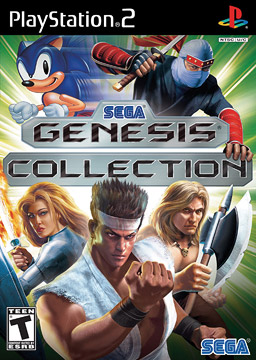
Image: Wikipedia
Even today, there are countless ways to play your favorite childhood games in varying levels of accuracy. Let’s take Sonic the Hedgehog 2 as an example. It has been re-released on many modern consoles in Sega collections, it’s on Steam for PC, or it can be easily emulated on your computer, tablet or phone. It also comes bundled on clone consoles. There’s even a fan-made HD version in development. If that’s not good enough, you can play on your original Sega Genesis with a flash cart like the EverDrive.
But let’s look forward a couple decades. You pull your 45-year-old Sega Genesis out of the attic, pop in a cartridge, flick the switch, and… Nothing happens.
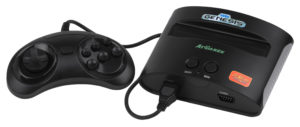
AtGames’ “Firecore” clone console. Image: Wikipedia
It’s still too early to know the eventual failure rate of these classic consoles and games. But battery backups in older games are dying out right now. What else will fail in the coming years? Will data degradation make your cartridges unplayable? CD rot will almost certainly take your disc-based games eventually.
Technology is advancing as well though. If game collecting continues in popularity, who knows what new options we will have? Maybe a perfect 1:1 hardware clone of the Nintendo Entertainment System will finally be available, with all the hardware features and quirks intact. Or maybe emulation will be so advanced that even more complicated consoles like the Saturn and original Xbox will be perfected and will come bundled with your new smart TV.
Game Collecting and Gaming are Different Hobbies

With that being the case, playing games and collecting original copies will continue to diverge over time. And if game collecting follows similar hobbies, condition will be everything. Pristine, sealed games will always be worth more than a cartridge with a torn label and marker scribbled on the back.
Some collectors may be drawn to the more beat up copies though, preferring games that have been played and loved. There’s more history to a game that’s been bought, played and sold a dozen times. A sealed copy doesn’t have much of a story at all. A store overstocked it and later liquidated a bunch of copies. A kid got it for Christmas and forgot about it under his bed for 20 years. Isn’t there something sad in knowing a game has never lived up to its purpose?
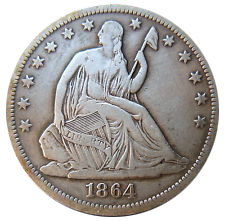
1964-S half dollar. Image: Ebay
Let’s look back at coins for a moment. This is a nice, honest circulated half dollar from the civil war era. It likely has an incredible history. Maybe it was in the pocket of a soldier during a decisive battle. Maybe it was used to purchase land where a famous landmark now stands, or it was spent to start a company that is still around today. It’s worth about a hundred dollars graded VF-30.
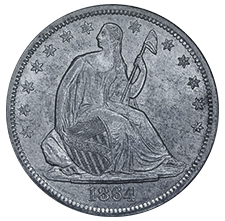
1864-S half dollar. Image: NGC
On the other hand, here’s another coin from the same year. It’s in mint condition, so it probably languished in a bank vault for decades, or maybe the first person to receive it in change threw it in a drawer and forgot about it until he died. It’s boring. But you know what? It’s worth $2,500 graded Mint State.
Collectors will always compete for the best. In the old days of coin collecting, when our grandparents were young, the condition of a coin was described in specific terms. Very Good, Fine, Extremely Fine, About Uncirculated, and Gem Mint State all have a certain meaning. When certain details are no longer visible on a coin, the grade description drops down to the next level.
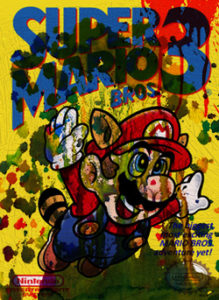
“The box is REALLY nice.” Image: Wikipedia
Years later, these adjectival grades were codified into a numerical system. “About Uncirculated” just doesn’t cut it anymore. Now it has to be graded either AU-50, -53, -55, or -58. And with that precision comes the need for third party grades. Sellers will always be too generous and buyers will always be too stingy.
Describing game conditions is still in a very early stage. Call up a game store and ask if they have Super Mario 3. Ask what condition it’s in. You might hear terms like “really nice”, “sharp”, “clean”, or “faded.” Did you run out and hop in the car because he said “really nice” instead of just “nice”? Of course not. It doesn’t mean anything.
This is where third party grading comes in.
Fair Pricing and Graded Slabs
This is a Lincoln cent from Denver in 1964. In circulated condition, it’s worth a cent. In mint condition, it’s worth anywhere from $0.06 to $2,310, depending on the exact numerical grade.
Many people have been scammed by shady dealers who over-inflate their grades, or are too ignorant to grade correctly. Coins are graded on a scale of 1-70. In 66, this coin is worth $43.75. If graded 67 (the highest known grade for this issue), it’s worth 53 times more.
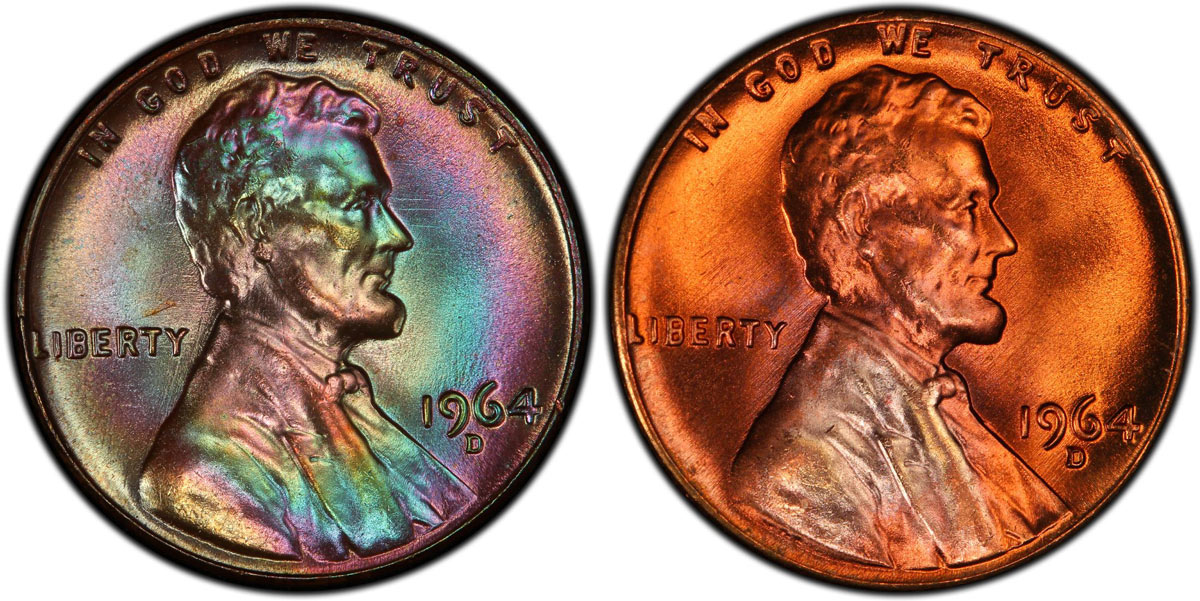
One coin is worth $2.40. The other is worth 19 times its weight in gold. Image: PCGS
A few years ago on ebay, it was common to see coins with exaggerated grades, but it became such a huge problem that ebay changed their rules. Coin sellers are no longer allowed to give their grade opinion of a coin unless it’s been professionally authenticated and encapsulated.
The higher video game prices go, the more necessary it will be for the hobby to follow suit. Are you willing to risk buying Little Samson complete in box for $2,000, only to receive it and notice the corner of the box is smashed, and the manual has a page ripped out? Images on ebay can be doctored or taken from misleading angles.
No matter what condition you get that game in, chances are, you’ll want to protect it.
Archiving with Graded Slabs
Although not a 100% guarantee, an encapsulated, or “slabbed” coin will be protected from the elements. The slabs are watertight, airtight, and soft enough that they will not scratch the coin. In extreme cases, a coin might be sent to the grading service with imperfections that will tarnish the coin after being sealed. But for the most part, even a very old slab can be trusted to still be accurate.
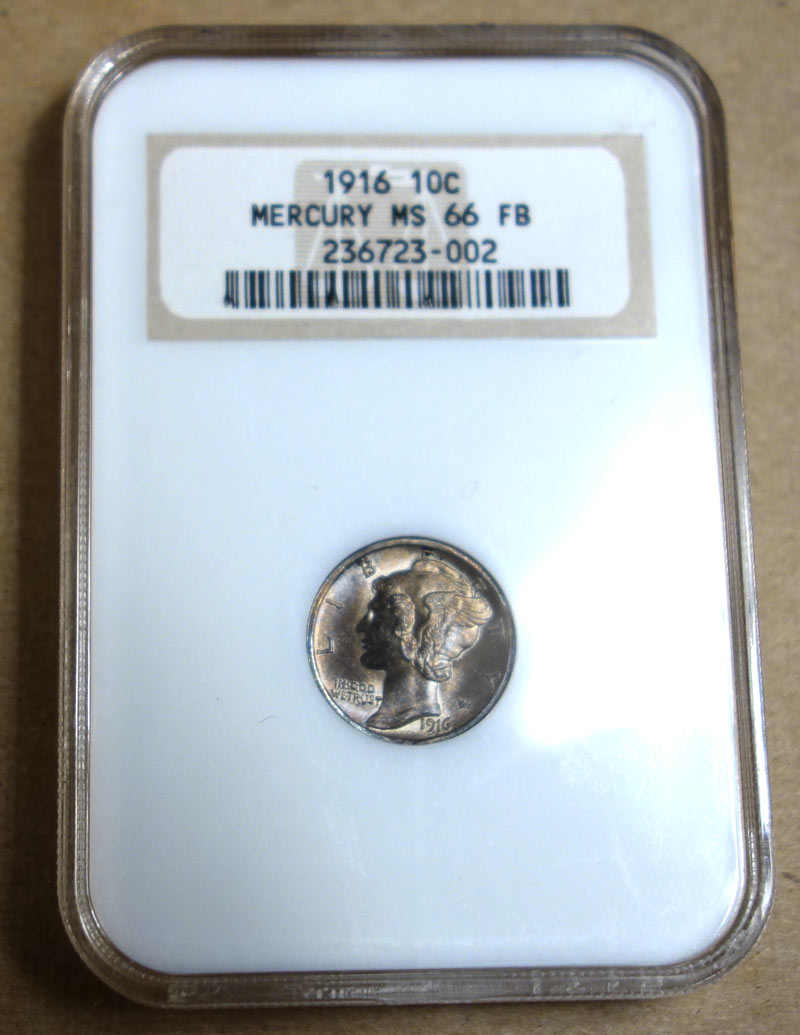
Encapsulated coins come with a bar-code and serial number.
Cardboard game boxes can be bent or crushed easily, and they can fade in the light while sitting in your shelf. Ideally, a graded box should be able to do the following:
- Accurately access the condition of the game
- Authenticate against reproductions and counterfeits
- Protect the game from physical damage
- Protect from elemental damage and light
- Be secure
Security is important. If the container can be cracked open and the paper slip replaced, it’s useless. If it can be easily replicated, it’s useless. Coin slabs use holographic security features, bar-codes and serial numbers. So if you look up the serial number of a recently graded coin, a picture of the exact coin will appear on the website. This protects against fakes, because you’ll be able to compare the seller’s pictures and the official picture to make sure they match.
What About VGA?
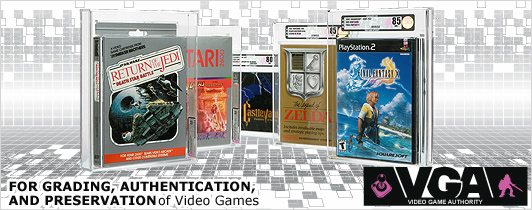
Image: VGA
Currently, there is a major game grading company out there, known as Video Game Authority, or VGA. The cases they use, at first glance, seem to cover all of the points I mention above. But just do a simple search for ‘graded video games’ in Google, you’ll see articles with titles like ‘exposed’, ‘scam’ and ‘avoid.’ Some of these links discuss errors in their grading, like accidentally authenticating re-sealed games or insecure slabs that were opened and replaced. For more information about these issues, see the article No Grade: An Investigation into the Video Game Authority.
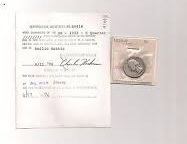
Early coin grading was very insecure. Image: samplecoinslabs.com
Coin grading had a pretty rough start in the same way. The first coin grading company would place your coin in an unsealed plastic sleeve, then staple a piece of paper to it with the grade printed on it. It was really easy to swap the coin out and re-sell it, although having it computer-printed was a security feature in itself back in the ’70s.
The current video game collecting scene isn’t ready for grading. Playing original cartridges is still hugely popular, and the current state of grading has left a bad taste in the mouth of many collectors. But in the years to come, the gaming scene will figure out how to do it right. Maybe a strong competitor to VGA will emerge, driving prices down and inspiring innovation. Time will tell, but it’s only a matter of “when”, not “if”.

What do you think it will take to make grading catch on in the world of video game collecting?